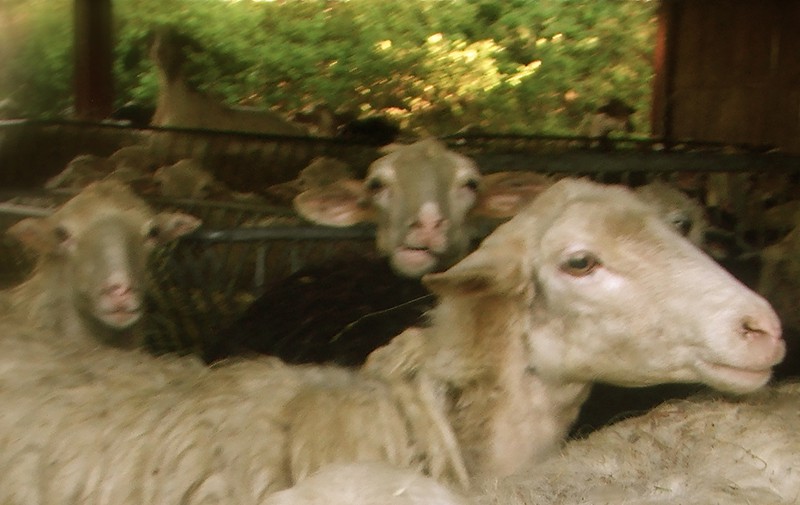
Origin
Pecora Sarda sheep originate from Sardinia, the rugged Italian island located approximately two hundred miles off the mainland coast. A lowland breed, Pecora Sarda developed from a cross of Merino, North African, and local sheep.
Habitat
Being a high milk-yielding animal, Pecora Sarda spread in numbers beyond Sardinia to the Italian peninsula. It has become the preferred breed of many shepherds because of the sheep’s “sparing” grazing habits. With their dreadlock-style wool and docile “sheepish” temperament, Pecora Sarda can be found grazing in the shadows of cypress trees between the hilltop villages of Pienza and Montalcino in Tuscany or feasting on pastures of windswept flatlands near Campidano in Sardinia. The breed is also popular in other Mediterranean countries, including Tunisia and Spain.
Milk
During the milking season, Pecora Sarda’s production volume, although finicky at times, can range from 16 gallons per 100 days to 48 gallons per 180 days. The breed’s hearty nature and acclimation to a variety of environments provides cheesemakers with a rich, fat-laced milk that reflects the landscape and the microcultural regions of Italy.
Cheeses
The ewes produce 50 percent of all the milk used to create Italy’s wide range of pecorino cheeses. In addition, Italian cheesemakers will recook (ricotta, literally) the leftover whey from sheep’s milk cheese production to encourage the residual curds to rise to the top. (This practice is also done with cow’s milk.) Then they scoop the curds into baskets to drain, resulting in a rich, creamy sheep’s milk ricotta—one that is often favored over other ricottas.
Although Pecora Sarda is primarily bred to produce milk for distinctive cheeses such as Pecorino Sardo, the sheep also have long, coarse white wool that is prized for weaving carpets and other goods.



